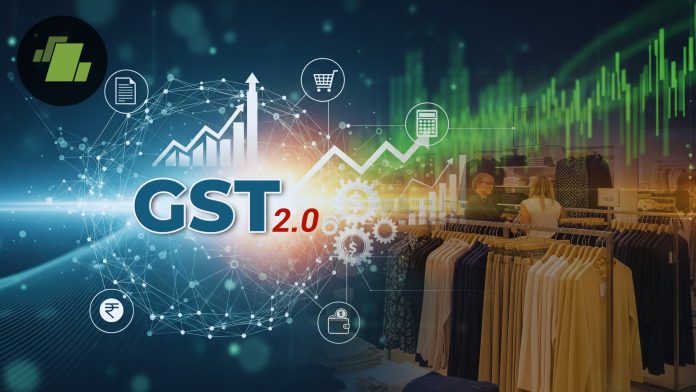- Prime Minister Narendra Modi appeared gung-ho while addressing the nation about the GST reforms recently, reducing the erstwhile four slabs to two, thereby assuring the people about more spending power to go about indulging in what he termed as Bachat Utsav. Since the GST 2.0 reforms took effect on the first day of the auspicious Navratri festival, the excitement surrounding the reduced tax slabs has created a welcome atmosphere around the country during the festive season. Coming close on the heels of an unpleasant few months courtesy of Donald Trump’s tariff war, which saw Indian products being tariffed at 50%, it was always in the offing that the Union Government would be unleashing some stimulus to encourage domestic consumption.

PC: YouTube
- How much of this will offset the burgeoning trade disparities vis-à-vis exports will be known in the coming months. However, there’s no denying the fact that GST 2.0 can do wonders for the economy if the industry passes on its full benefit to consumers as lower prices. It must be mentioned that GST 2.0 ranks among India’s quickest reforms. PM had promised a Diwali gift on I-Day, but it arrived a month early with Navratri. Of course, lower GST rates are really a spending stimulus, prompting people to loosen their purse strings with more money available in the kitty. They could be transformative because India has never had such low indirect taxes before. Not under the Raj, nor during the dalliance with socialism, nor even three decades of liberalization.

PC: Times of India
- Indubitably, the biggest change of mindset, though. For the first time, cars, ACs, large refrigerators, and TVs are not seen as luxuries or sin goods, but as necessities. Suffice to say that the government is counting on us to buy many more of these, so that revenue lost per unit is more than made up by increased sales volumes. The finance ministry has estimated a hit of Rs. 48,000cr in the unlikely scenario of sales remaining stagnant. But for sales to increase, the generous tax cuts must be passed on as lower prices to customers. If ads over the past week are an indication, manufacturers and sellers are keen to oblige. This is understandable because sluggish demand has saddled manufacturers with idle capacity.

PC: Times of India
- Reports early this year said 50% of handset manufacturing capacity in India was unutilized. That’s an extreme case, but the problem is general. As reported, Maruti decided to go slow during April on its new 1mn-cars-per-year Gujarat plant due to tepid sales growth. So, lowering prices to boost demand is in the industry’s interest. It can kickstart the virtuous cycle that leads to new capital investments, jobs, and scale, which is crucial for competing with China in the global market. Already, carmakers have slashed prices substantially. Small cars, which had become unaffordable after post-BS6 price hikes, are back at their 2019 price levels. Other verticals in the industry must pass on the benefits to the customers to reap the anticipated win-win situation for both.






